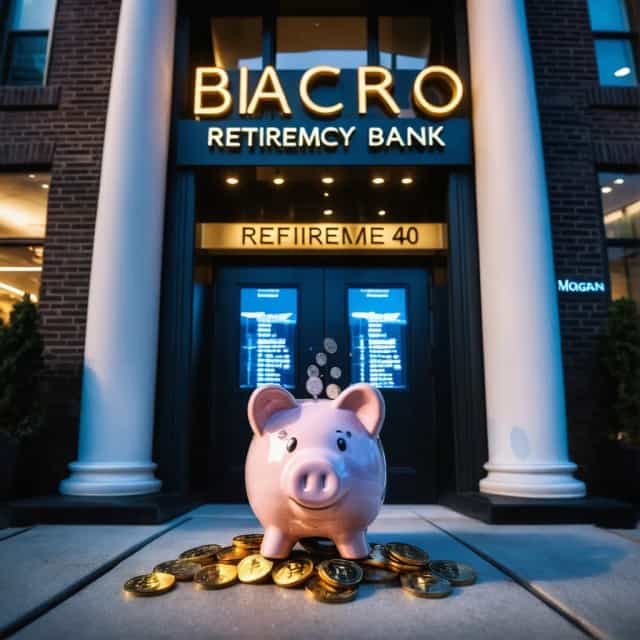
출처: Block Media
Russia’s Central Bank Loosens Digital Asset Restrictions with Comprehensive Oversight
The Central Bank of Russia has unveiled plans to cautiously permit domestic banks to participate in digital asset transactions, marking a significant shift towards integrating these assets within the national financial ecosystem. This initiative, however, will be carried out under strict regulatory oversight to ensure financial system stability and mitigate risks.
Balancing Innovation with Regulation
Vladimir Chistyukhin, the First Deputy Governor of the Russian Central Bank, discussed this strategic move during his address at the Finopolis Fintech Forum on October 10. In his remarks, reported by Blockworks, Chistyukhin highlighted the need for Russia's financial policies to adapt to emerging market trends while maintaining the institution's cautious stance on decentralized digital assets like Bitcoin (BTC).
“We are carefully considering the appropriateness of allowing banking institutions to incorporate digital assets in their portfolios,” he noted. “Through discussions with industry stakeholders, we have determined that completely barring banks from engaging in these activities is neither pragmatic nor justifiable.”
This move reflects Russia's broader acknowledgment of the growing importance of digital assets in the global economy, signaling a deliberate but measured approach to their adoption.
A Strategic Response to Economic Pressures
The decision comes amid mounting economic challenges, including Western sanctions and persistent instability in the national currency, the ruble. The regulatory relaxation aims to provide financial institutions with a tool to navigate these economic pressures while maintaining strict limits to avoid systemic vulnerabilities.
To minimize potential risks, the Central Bank plans to enforce robust regulatory safeguards. Preliminary guidelines propose limiting any bank's exposure to digital assets to just 1% of its capital. Additionally, institutions engaging in digital asset dealings will be subject to high reserve requirements, ensuring the stability of the financial system.
Gradual Adoption Through Experimental Legal Framework
This policy shift builds on the foundation of the “Experimental Legal Regime for Digital Asset Transactions,” introduced in early 2025. Under this framework, certain corporations and high-net-worth individuals are allowed to utilize digital assets for international trade and settlements.
The eligibility criteria for participation in this regime are deliberately stringent. For private investors, qualifications include holding deposits and securities worth at least 100 million rubles (approximately 1.5 billion Korean won) or an annual income exceeding 50 million rubles (about 750 million Korean won). These high thresholds aim to restrict access to financially stable individuals and institutions capable of managing the inherent risks.
Path Toward Comprehensive Legislation
Chistyukhin, alongside Elvira Nabiullina, the Governor of the Russian Central Bank, emphasized the critical need for a robust legal framework to fully integrate digital assets into Russia's financial landscape. By 2026, the Central Bank aims to establish a comprehensive digital asset law.
This legislation would provide clarity by introducing a licensing structure for digital asset service providers and defining the legal status of firms engaged in digital transactions. These measures are designed to foster transparency, encourage innovation, and align Russia's financial system with global digital trends.
Conclusion
The Central Bank of Russia's decision to cautiously loosen restrictions on digital asset transactions represents a pivotal step in the digital transformation of its financial sector. By balancing innovation with stringent oversight, the bank aims to harness the potential of digital assets without compromising systemic stability. As plans for broader legislation take shape, the integration of digital assets into Russia’s economy underscores the nation's gradual but determined shift toward a technologically grounded financial future.










